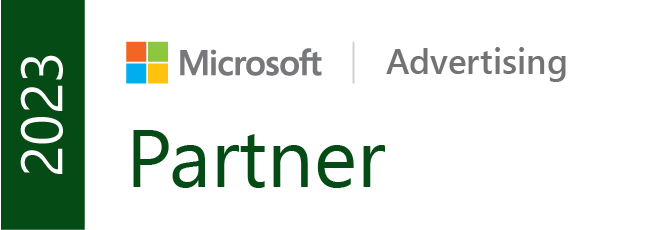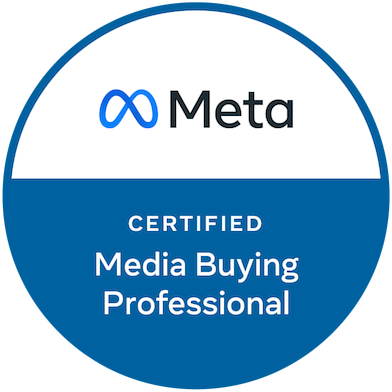Have you already bought roses for your special someone for Valentine’s Day? Millions of people have this thought every year in early February as the day of love approaches. However, February 14 is not just a day for romance; it is also an opportunity for businesses to implement targeted marketing initiatives.
Every year, brands leverage Valentine’s Day to drive purchases with creative campaigns, particularly in SEA (Search Engine Advertising) and social media marketing. But how can you effectively plan a campaign for an event that lasts only 24 hours? This blog post will answer that question and help you prepare optimally for key marketing moments.
Why Marketing Moments Are Crucial in a Full-Funnel Strategy
What exactly are marketing moments? Marketing moments are strategic opportunities where businesses respond to changing consumer behavior to effectively position their brand or products. These moments arise from seasonal events, holidays, or societal trends that drive increased demand or special customer interactions. One of the most well-known marketing moments is Valentine’s Day.
1. Consumer Behavior Changes Around Seasonal Events
Valentine’s Day significantly influences purchasing behavior. According to Google Trends, searches for “gift for partner” or “Valentine’s Day offers” rise sharply weeks in advance. A typical purchase process looks like this:
- January: Initial research and inspiration (e.g., “Valentine’s Day gift for women”)
- Early February: Comparing products and prices
- Just before February 14: Last-minute purchases and express shipping
For marketers, this means that advertising on February 14 alone is too late.

2. Trends and Customer Expectations
E-commerce trends such as personalized gifts, sustainable products, and experience-based gifts dominate. Additionally, searches extend beyond classic products like flowers and chocolates. Industries such as tech, beauty, and even B2B can benefit from smart positioning.
3. Customer Interaction – More Than Just an Ad
On social media, Valentine’s Day is far more than just another sales day. Brands can evoke emotions and engage audiences with interactive campaigns, such as:
- Instagram & TikTok: Story polls (“What would be your perfect date?”), giveaways, or user-generated content
- LinkedIn: B2B approaches like “Love your customers” or employer branding campaigns
Key Aspects of a Successful Valentine’s Day Campaign
Timing
- SEA campaigns should start at least four weeks in advance with a low-bid strategy and intensify until February 14.
- Social media content can begin as early as January with “gift guides” or countdown posts.
Leveraging the Scarcity Principle
People respond strongly to limited-time offers:
- “Only 48 hours left until Valentine’s Day – secure your gift now!”
- “Last chance: Express shipping until midnight!”
Choosing the Right Product & Offer
- Exclusive bundles (e.g., “Valentine’s Edition”) perform well.
- B2B companies can promote their services with “Love your Team” initiatives.

Why Marketing Moments Are Relevant for B2B Companies
Marketing moments are often associated with B2C, but B2B companies can also benefit from these strategic opportunities. Seasonal campaigns can be valuable in the B2B sector for the following reasons:
- Employer Branding: Holidays like Valentine’s Day provide an opportunity to show appreciation for employees, strengthening company culture and enhancing employer branding.
- Customer Retention: A targeted “thank you” to existing customers through personalized offers or exclusive discounts can significantly boost loyalty.
- Networking & Thought Leadership: Themed LinkedIn posts or newsletters can serve as conversation starters to establish new connections and strengthen existing business relationships.
- Product & Service Promotion: B2B companies can leverage seasonal demand spikes to promote their services or products through special webinars, exclusive content, or limited-time offers.
Conclusion
Valentine’s Day may last only 24 hours, but a smart marketing strategy begins weeks in advance and pays off in the long run. Brands that use SEA and social media effectively can not only boost short-term sales but also build lasting customer relationships. Whether B2C or B2B, businesses should integrate these marketing moments into their full-funnel approach early on to maximize their potential.
PS: Have you already planned your marketing initiatives for International Women’s Day on March 8, 2025?









